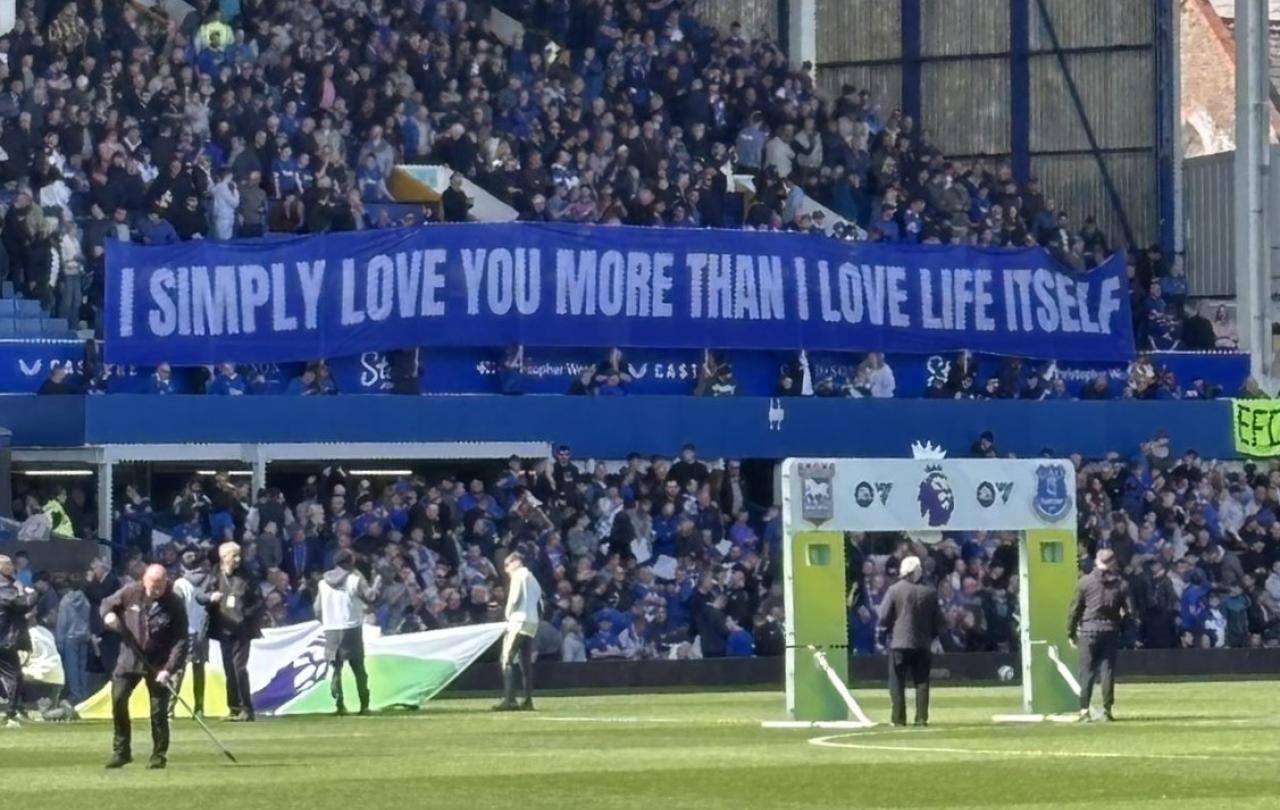
It seems Netflix is ‘optimising its content for background viewing’. I rolled my eyes. How depressing. Media companies know we are distracted, and they are altering the content of their shows to accommodate. It is true that “watching TV” no longer means “watching TV.” According to a 2023 YouGov study, 91 per cent of Americans check their phone at least once while watching TV. And now we are learning that TV content is being made so that viewers who have this playing on their screens in the background can actually follow along. Simple story lines, easy dialogue, you name it. I must admit, this is the context that led me to watch Meghan Markle’s new Netflix series, With Love, Meghan. While cooking dinner or tidying the house, I am prone to pop a TV show in the background. This is usually re-watching shows I know well - 24, Desperate Housewives, or Friends – but I thought I would give this new Netflix show a whirl.
I’d seen some of the controversy about this show online and wanted to see what it was like. However, I didn’t want to give my own time to watch it, so it would be the perfect thing to partner with another task, in my case, cooking dinner. As I listened to it in the background, one thing struck me. The language sounded strangely familiar.
I began to overhear terms familiar to me from church. Our time, Meghan told us, was “sacred,” our practices were “rituals,” we give an “offering” to those we love and care about, and we are “blessed” by their presence with us. Had I accidentally clicked on a YouTube sermon from [insert church name here]?
The show kept drawing on language and themes deeply rooted in religion and spiritual traditions—particularly ritual. Frank Gorman once said,
“Ritual … becomes a means by which humans participate in the ongoing order of creation. Their existence is made meaningful as they participate in the never-ending drama of creation in ritual.”
That’s exactly what seemed to be happening in With Love, Meghan. The show wasn’t just about hospitality or relationships but about finding meaning in the everyday through repeated, sacred actions.
The language of sacred time, offerings, and blessings taps into something ancient and profound. In the Bible, God teaches people about His goodness through rituals—structured, embodied practices designed to help them understand who He is and who they are. The Israelites were not just learning ideas; they were instructed in these routine, regular practices that improved and enriched their lives.
Rituals take what is ordinary and transform it into something sacred. They link our memory to the past, present, and future...
Now in our modern world, we’ve largely lost this understanding of the power of ritual. Modern life is often fragmented and distracted—we chase peace but rarely stop long enough to experience it. Yet, in a strange way, shows like Love, Meghan seem to be reclaiming some of that language of ritual, even if unintentionally. Everything we do every day is, in some sense, a ritual. It is sacred. The way we make coffee in the morning, sit down with a friend, and even watch a show while preparing a meal are all embodied practices that shape our inner attitudes toward life. We know that our time is precious, so celebrating and savouring the everyday moments might be key in this deep pursuit of peace. We are returning to rituals.
Rituals take what is ordinary and transform it into something sacred. They link our memory to the past, present, and future, and for Christians, re-orientate us towards God. They make us pause and participate in something bigger than ourselves. Perhaps that’s why the language in With Love, Meghan stood out so much. It wasn’t just talking about hospitality—it was using the language of sacred connection, of a theology rooted in everyday life.
It resonated with me, even as background noise. How can you teach people ritual? You do it through action. Embodied practices—living out meaning with our bodies—have always been central to faith and human connection. Even modern media, designed for distracted consumption, can’t help but borrow from these ancient patterns. If we seek true connection, we have to return to the rituals that shape our everyday lives and, ultimately, remind us that we are a part of something much bigger than ourselves. This is what is truly sacred.
Join with us - Behind the Seen
Seen & Unseen is free for everyone and is made possible through the generosity of our amazing community of supporters.
If you’re enjoying Seen & Unseen, would you consider making a gift towards our work?
Alongside other benefits (book discounts etc.), you’ll receive an extra fortnightly email from me sharing what I’m reading and my reflections on the ideas that are shaping our times.
Graham Tomlin
Editor-in-Chief





